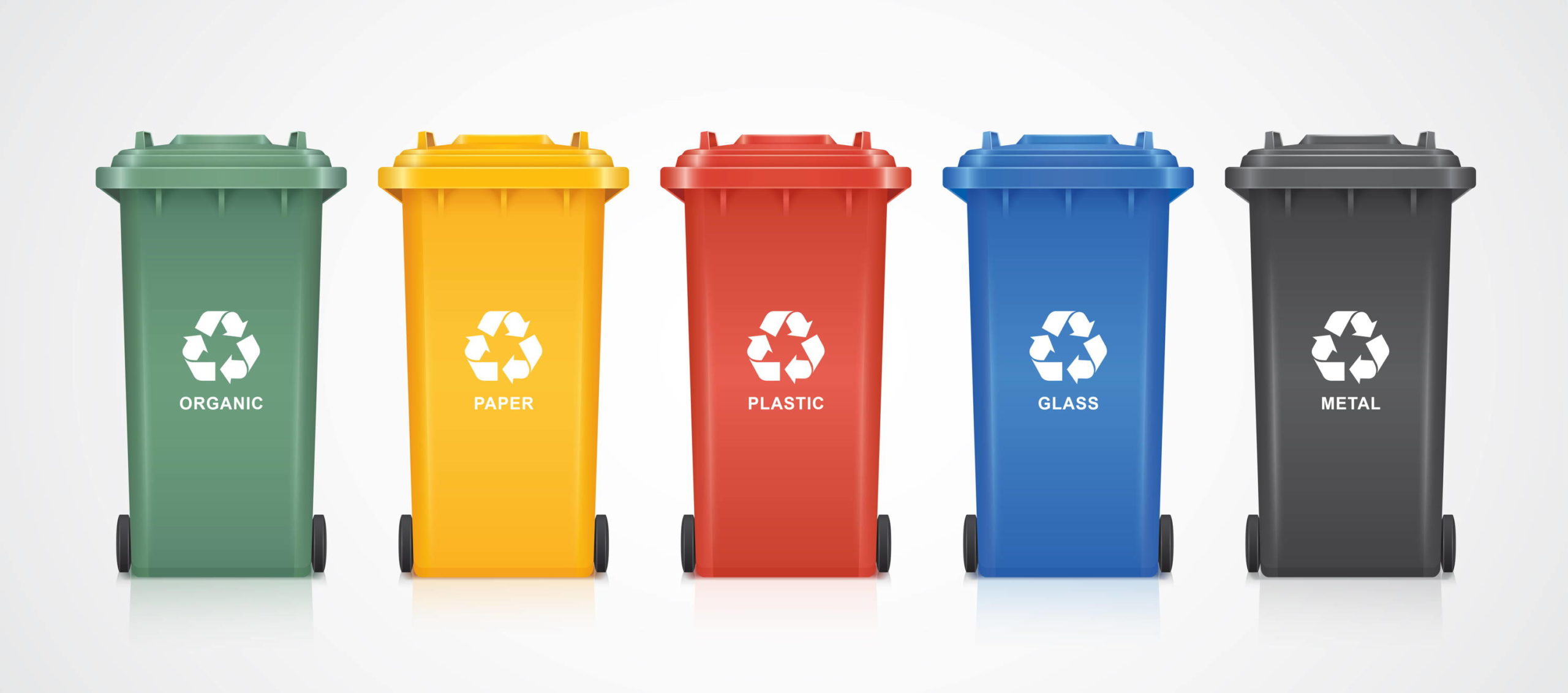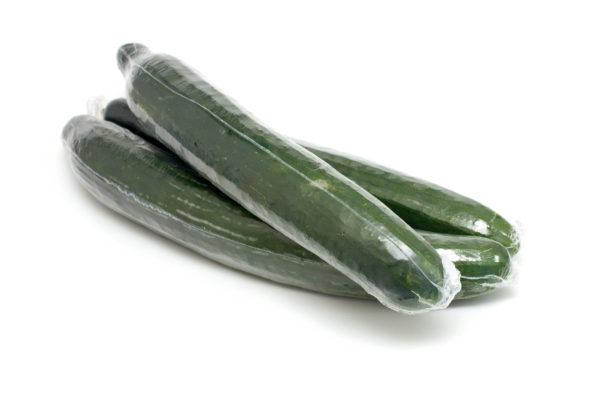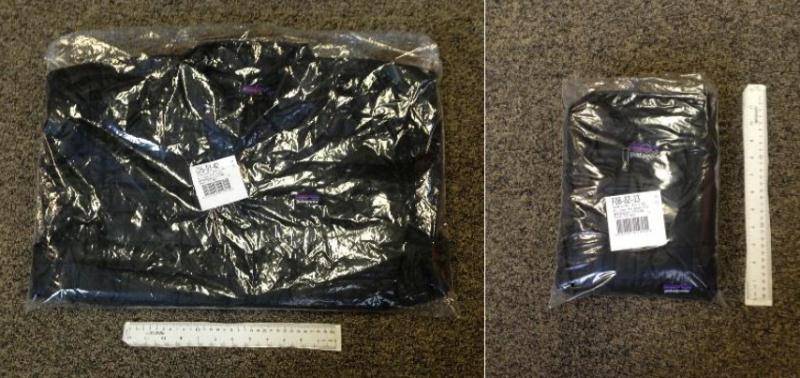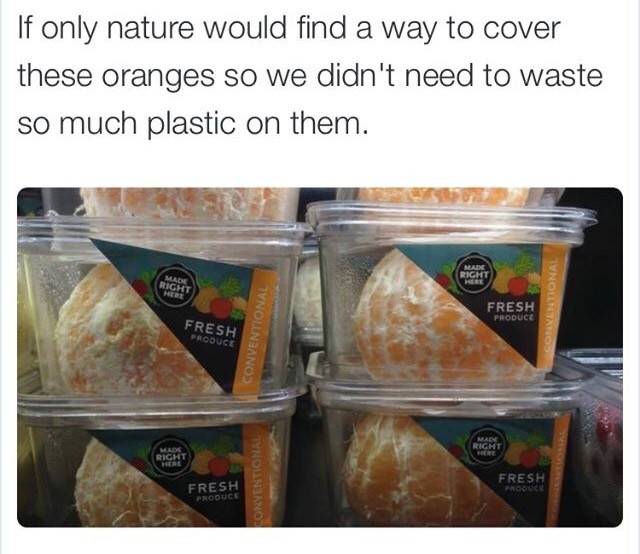So, you put your recycling in your blue bin, and your municipality picked it up. Recycling process – check! Wellllll….maybe not. Despite consumer recycling efforts , only 9% of plastic generated in Canada is truly recycled, 1 and as much as 87% of it ends up in our landfills. Canada and the entire world is facing a garbage epidemic.
So, if a significant amount of packaging ends up in landfills or our oceans,
does that mean all packaging is inherently bad?
That’s where the story gets complicated.

Did you know a cucumber shrink-wrapped in plastic has a shelf life of 14 days, compared to an unwrapped cucumber with a shelf life of 3 days?2 The addition of plastic allows the cucumber to stay fresh longer. Think about the months of growth required for one cucumber. Using seed, soil, water, sunlight (indoor lighting and electricity in most cases), and transportation to get one little cucumber to the store, only for it to go mushy waiting for a purchaser. Or, a small amount of packaging to extend the chances of preventing food waste by 11 days. In a time where 50% of our food is never consumed, 11 extra days could make a big difference.


In 2014, the clothing company, Patagonia, decided to remove the polybag overwrap on individual clothing pieces. They ran a test in one distribution centre, and the result was that 30% of the clothing became unsellable.3 The loss of one piece of clothing, the materials, resources, and transportation that went into one piece, was far greater than the comparable emissions for one polybag. Now, Patagonia folds its clothing smaller, which has reduced the amount of polybag material used by half.

Consumers are demanding a decrease in unnecessary packaging. Far too often, the weight of packaging materials outweighs the weight of the product it’s protecting. This is a gross misuse of materials, coupled with the reality that a majority of packaging materials will never make it to the blue bin (and if it does make it to the blue bin, it may not actually get recycled). Sometimes, this happens:

Many items need packaging to get to the end-user, but there are a lot of improvements to be made. The lesson?
When packaging is unavoidable, the solution is two-fold:
1) Less is more
and
2) Thoughtful design is important
We must also consider the consumers – the end-users of most products. Packaging should be easily opened and accessible, lightweight yet durable, and given the best chance at a successful end-of-life recycling.
Did you know?
- Flexible packaging can prolong shelf life.
- Products packaged in flexible packaging are less likely to be damaged in transit.
- Flexible packaging weighs less than any other packaging material. This means lower shipping costs and emissions.
This is where Rootree shines – between our sustainable material options and our optimized manufacturing processes, we are committed to a planet-first mindset. Learn more about the benefits of our flexible packaging.
References
- https://www.theglobeandmail.com/canada/article-wish-cycling-canadas-recycling-industry-in-crisis-mode/
- https://www.independent.co.uk/life-style/food-and-drink/features/a-lesson-in-packaging-myths-is-shrink-wrap-on-a-cucumber-really-mindless-waste-8340812.html
- https://tcl.patagonia.com/2014/07/patagonias-plastic-packaging-a-study-on-the-challenges-of-garment-delivery/
- https://rco.on.ca/canada-recycles-just-9-per-cent-of-its-plastics/